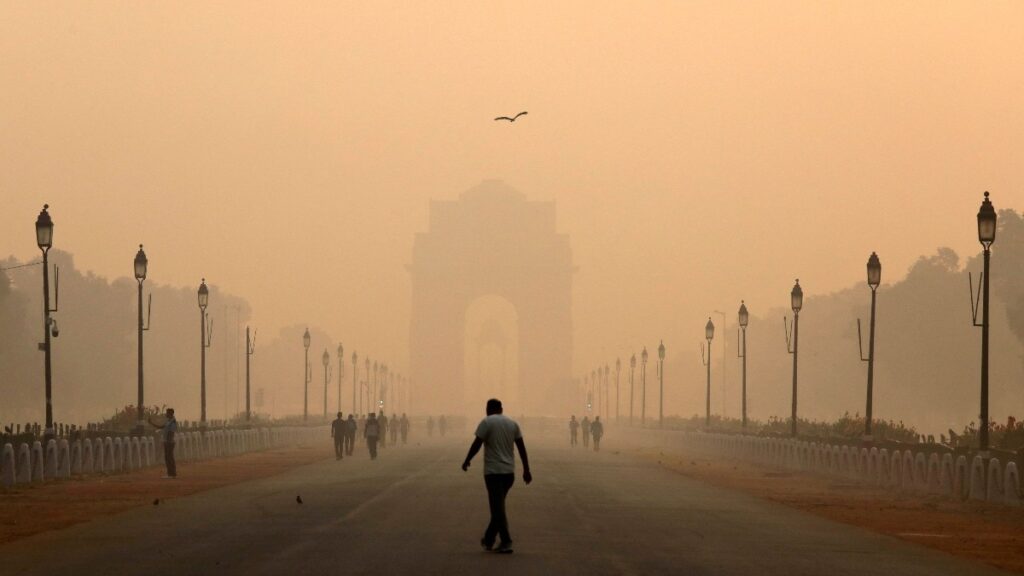A study by the Air Quality Fund of the Energy Policy Institute (EPIC) at the University of Chicago has shown that India’s air pollution has decreased between 2021-22. India had 51.3 µg/m³ air pollution during 2021, which fell to 41.4 µg/m³ in 2022. This is a significant drop. 42.6 percent of Indian citizens live in areas that exceed the national air quality standard of 40 µg/m³.
The age of Delhi residents may increase by 7 years
The reduction in pollution will increase the life expectancy of a person in India by one year. If the pollution level becomes according to the guidelines of the World Health Organization, then the average life expectancy of people living in Delhi can increase by 7.8 years. At the same time, the average life expectancy of the citizens of North 24 Parganas can increase by 3.6 years.
Air pollution is more dangerous than tobacco
Air pollution is affecting people more than the harm caused by tobacco consumption, malnutrition and dirty water. The average lifespan is decreasing more due to pollution. At present, air pollution is reducing the lifespan of an average Indian by 3.6 years. At the same time, child and maternal malnutrition reduces lifespan by 1.6 years. Tobacco reduces it by 1.5 years and polluted water by 8.4 months.
Also read: Delhi Pollution: Rising air pollution in Delhi wreaks havoc, impacts landing of flights as well
The northern plains are the worst affected
The northern plains, home to 540.7 million people, suffer the most, with life expectancy falling by 5.4 years compared to WHO standards. Despite the geographical vulnerabilities, districts such as Purulia, Bankura and Dhanbad have seen significant improvements, with pollution reductions of more than 20 µg/m³.
Policy reforms can be better changes
If this reduction in pollution continues, the average Indian could live nine months longer than during the pollution levels of the last decade.
Are the results of the ‘Clean Air Program’ visible?
India’s National Clean Air Programme (NCAP), launched in 2019, aims to reduce pollution by 40 per cent from 2017 levels by 2026. By 2022, pollution in designated “Non-Attainment” cities fell by 18.8 per cent, adding 10.8 months to the average life of 446.7 million people. “Non-Attainment” is an area that exceeds the National Ambient Air Quality Standards (NAAQS) for one or more criteria pollutants. Future targets, if met across the country, could add 7.9 months to the average life of people.
Also read: Supreme Court’s strong comment on air pollution in Delhi-NCR, see breaking news
However, these initial signs of progress due to favorable weather conditions are seen as a hope. But continued efforts in pollution control and following the guidelines are necessary for the health and well-being of the people of India.
Source (PTI) (NDTV) (HINDUSTANTIMES)
